|
|
Note - Before you begin you will need to decide on a soap recipe.(Check our soapmaking link below for free recipes.) I would suggest using one that includes Palm or Coconut oil. These two oils make for a hard bar of soap and have a fairly quick trace time. Also, it is recommended that you run whatever recipe you choose through a lye calculator like Soap-Calc or one of the free online ones. This way you can adjust the lye content to leave the desired amount of excess fat in your soap. A bar with a lot of excess fat (over 5%) will moisturize your skin better than one with less than 5% however the one with less than 5% will leave you feeling cleaner. A lot of this depends on your skin type.
Making Soap from Scratch
Step One - Prepare your molds. Molds can be anything from a greased pan to capped pvc pipes or candy molds. Set up your molds on a flat and level surface. Grease them with PAM. Make sure you have enough molds ready to accommodate all of your soap mix.

Step Two - Measure out your water and lye. Dissolve the correct amount of lye in cold water (Do not use an aluminum container. Use stainless steel, enamel coated steel or a heat resistant glass container like Pyrex). Do not pour water into the lye. Pour the lye slowly into the water a little at a time. Stir until dissolved and let cool. Your previously cold water will become very HOT in a matter of seconds after stirring in the lye Allow the lye/water solution to cool to around 110 degrees. At this point it will be clear.
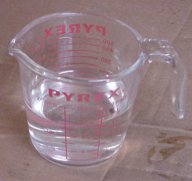
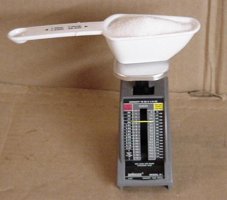
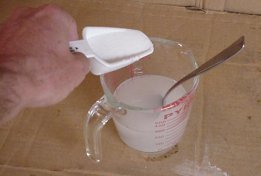
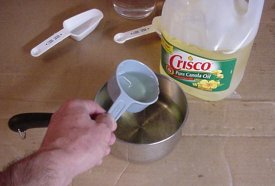
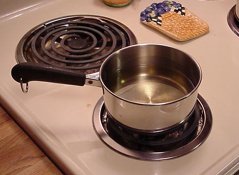
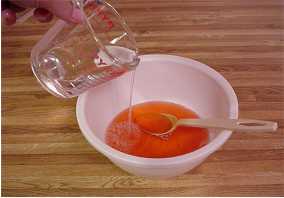
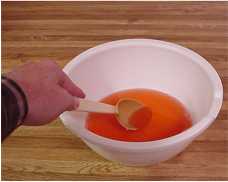
Step Five - When the solution begins to thicken you can add any essential oils or fragrances as well as any other additives that your recipe calls for. (i.e. Oatmeal,herbs etc..) Stir these ingredients into the soap mix thoroughly.
Step Six - Pour this mixture into your mold or molds. After you pour the solution into your mold you should cover it with a towel to keep the soap from cooling to fast. This will assist the soap in curing.
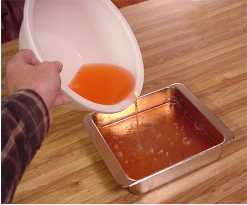
Step Seven - Let the soap harden for a day or two and then pop it out of the mold, cut it and let it age for about 3 weeks before using it.
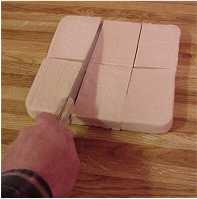
TIP - You can purchase soap colorants from a soap supply company or you can use crayons that are made with stearic acid (most are). To use crayons melt a small piece and add it at the trace stage.
|
|
|
|
|
|
|
|
|
|
|
|
|
|
|
|
|
|
|
|
Third Party Advertising Google, one of our third-party advertisers, may add a cookie to determine targeted advertisements based on your preferences and your visit to our site and other sites on the internet. You can choose to opt out of Googles use of cookies by visiting the Google ad and content network privacy policy.